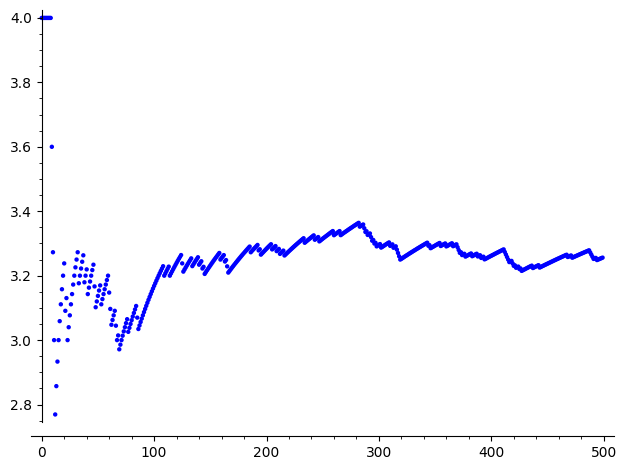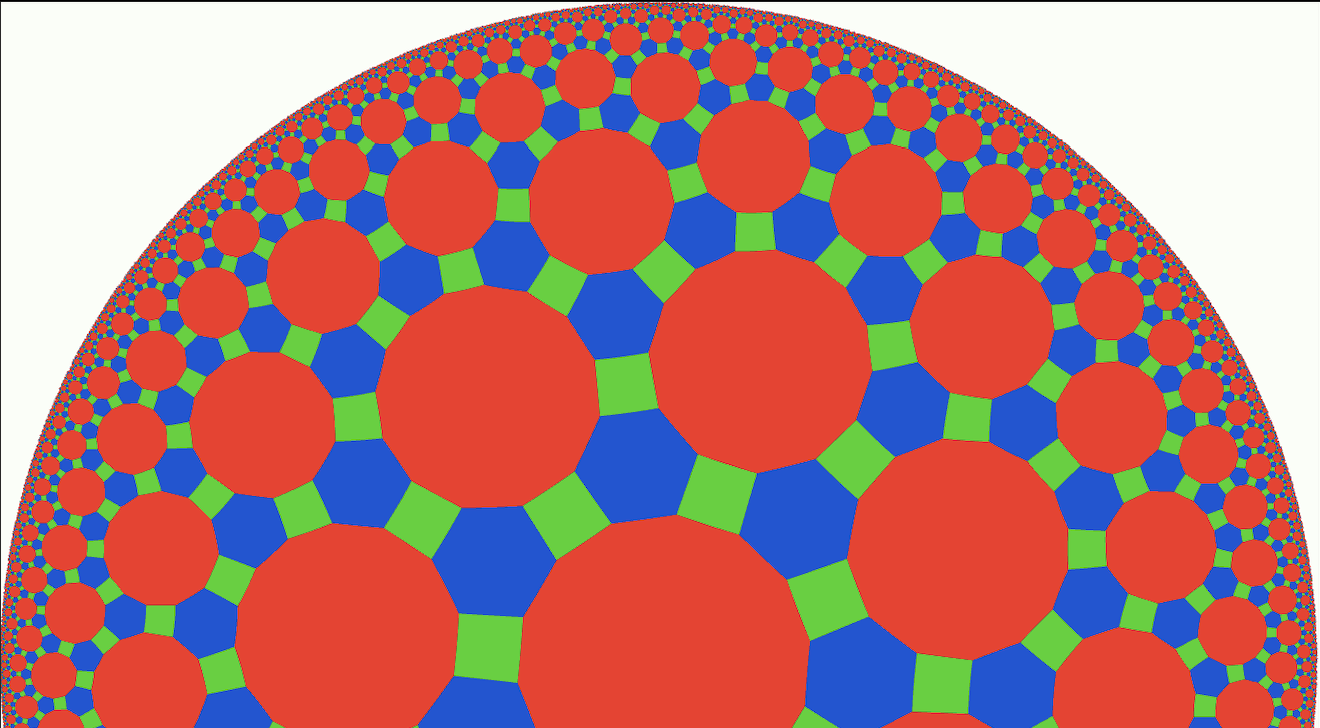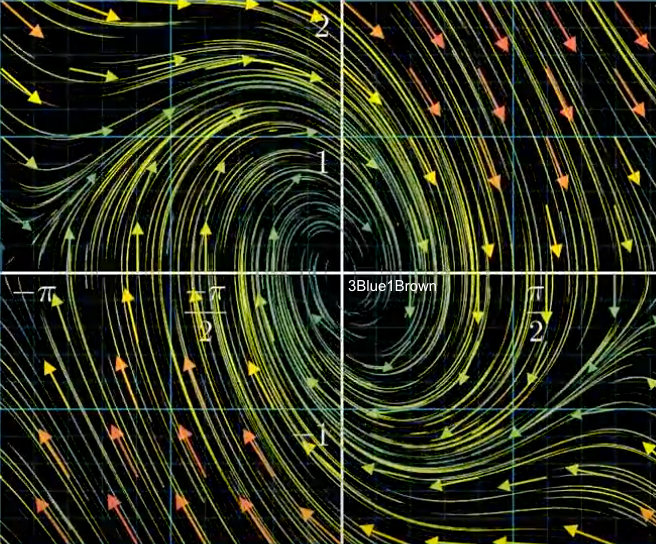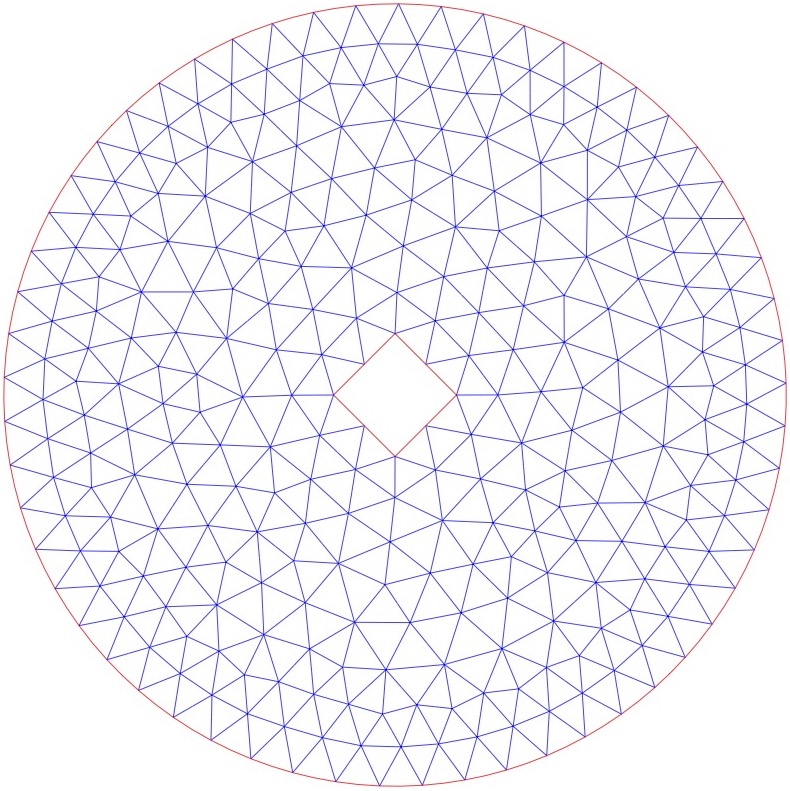- Instructor: Aaron Green
- Instructor: David Schmidt
- Instructor: Hudson Gould
- Instructor: Aaron Green
- Instructor: Barbara Dolansky
- Instructor: Meredith Shea
- Instructor: Barbara Dolansky
- Instructor: Aaron Green
- Instructor: Benjamin Lotto
- Instructor: Jane Zhang

- Instructor: Daryl DeFord
- Instructor: Robin Belton
- Instructor: Robin Belton

Numbers started life as adjectives. Three apples, seven mortgages, fifteen bicycle tires. Then, one day, long long ago, they became nouns and number theory was born. For thousands of years people from every corner of the world have been fascinated by numbers and the many secrets that they keep. Our collective knowledge of the subject grows at an accelerating clip, only outpaced by an ever greater view of the breadth of our ignorance. In this course, we will survey the periphery of the vast, deep, and ancient theory of numbers. Along the way we will learn how to read, write, analyze, and construct rigorous mathematical proofs. Some topics on our agenda include: primes, unique factorization, Diophantine equations, modular arithmetic, quadratic reciprocity, algebraic numbers, and arithmetic functions. No experience with number theory or proof writing will be assumed.
- Instructor: Trevor Hyde

- Instructor: Andy Borum
- Instructor: Jan Cameron
- Instructor: Chloe Comeau

Geometry is, at its core, the study of shapes and space. The first text in the Western mathematical canon is Euclid's Elements--a treatise on geometry. In the more than two thousand years since that book was written, geometry has maintained its position as a fundamental topic of mathematics, while substantially evolving in scope and substance. In this course we will survey a (by no means complete) selection of topics from what modern geometry has to offer, including: the classification of surfaces, the Euler characteristic, polyhedra, curvature, billiards, algebraic curves, projective space, flows, winding numbers, knots, Möbius transformations, three manifolds, the fourth dimension, and more.
- Instructor: Trevor Hyde

